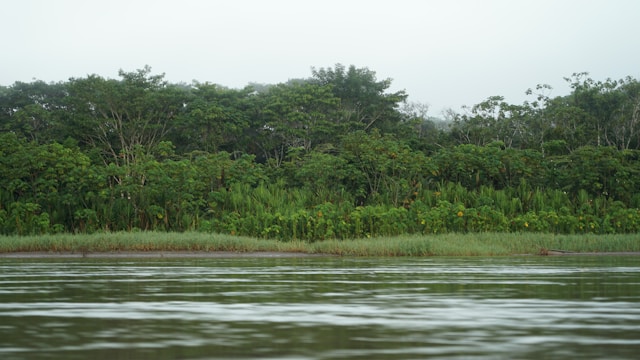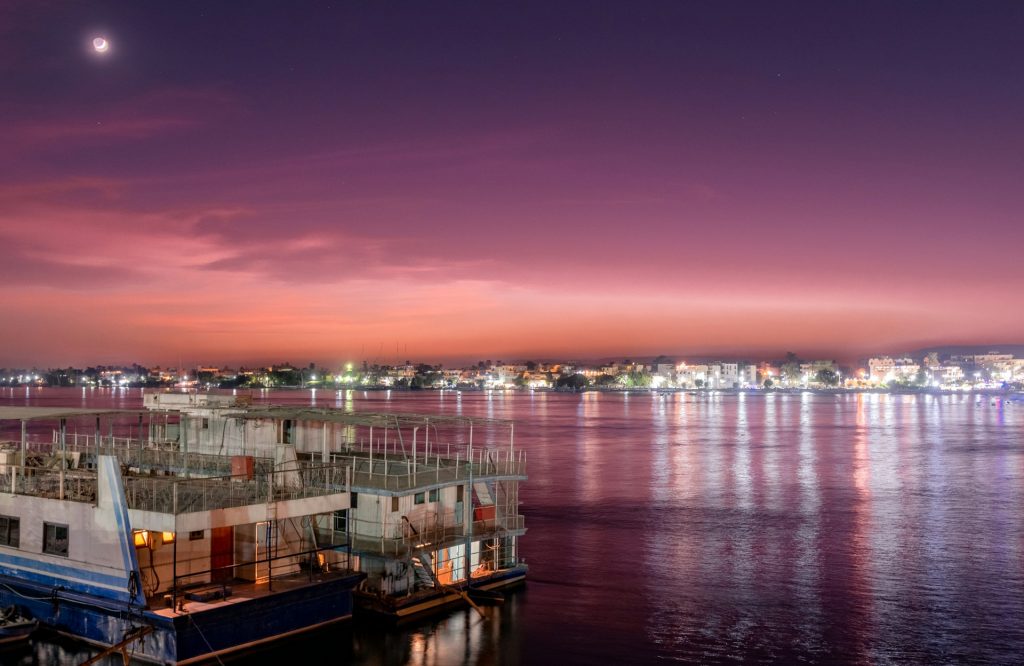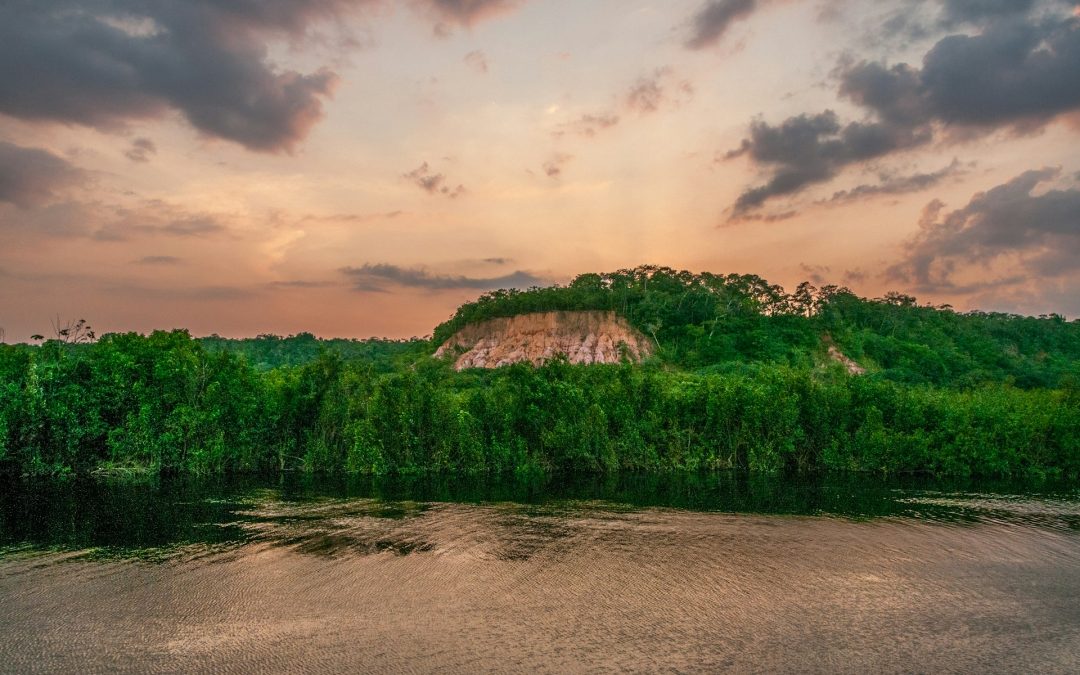The title of the “world’s largest river” can be considered from different perspectives, mainly focusing on length, discharge volume, and basin size. Both the Amazon River and the Nile River are frequently mentioned in debates about the world’s largest river:
Amazon River

This is the Amazon River, the world’s largest by some measurements
Discharge and Basin Size:
- Discharge Volume: The Amazon River is the largest river in the world by discharge volume, with an average discharge of about 209,000 cubic meters per second (7,381,000 cubic feet per second). This accounts for approximately 20% of the world’s total river flow into oceans.
- Basin Size: The Amazon Basin is the largest drainage basin in the world, covering approximately 7 million square kilometers (about 2.7 million square miles).
- Tributaries: It has over 1,100 tributaries, with some of the major ones being the Madeira, Negro, Japurá, and Purus rivers.
Length:
- Length Debate: The Amazon is often debated as one of the longest rivers in the world. Depending on the measurement method, it spans approximately 6,575 kilometers (4,086 miles), competing closely with the Nile River for the title of the longest river.
Location:
- Countries: The Amazon River flows through several countries in South America, including Peru, Brazil, Colombia, and a small portion of Venezuela, Ecuador, and Bolivia.
- Mouth: It empties into the Atlantic Ocean on the northeastern coast of Brazil.
Ecological Significance:
- Biodiversity: The Amazon is home to an unparalleled diversity of flora and fauna, including thousands of fish species, mammals, birds, and insects. Its rainforest is crucial for global oxygen and carbon dioxide cycles.
Nile River
Length:
- Longest Debate: Traditionally, the Nile has been recognized as the longest river in the world. Its length is approximately 6,650 kilometers (about 4,130 miles), slightly longer than the Amazon, depending on the measuring criteria.

The is the Nile River, and by some measurements, it’s the largest in the world
Location:
- Countries: The Nile flows through multiple countries in northeastern Africa, including Uganda, Sudan, and Egypt. It is formed by the confluence of the White Nile and the Blue Nile, with its renowned delta in Egypt flowing into the Mediterranean Sea.
Historical and Cultural Significance:
- Cradle of Civilization: The Nile is often referred to as the cradle of civilization due to its historical importance in the development of ancient Egyptian society. The fertility of its banks supported farming, which led to the rise of one of the world’s earliest great civilizations.
- Modern Importance: It remains a vital water source for agriculture and human consumption in a predominantly arid region.
Fun Facts:
- Amazon Exploration: The Amazon’s vast and dense jungle has led to many unexplored and undocumented areas, sustaining indigenous tribes and unique ecosystems.
- Cultural Lore: The Nile has inspired countless myths and legends and continues to be a symbol of life and prosperity in Egypt.
Conclusion:
While the Amazon River is the largest river in terms of discharge volume and basin size, and the Nile has traditionally held the title for length, both rivers are monumental in their ecological, historical, and cultural impacts. Each river uniquely contributes to mankind’s understanding of natural waterways and supports extensive biodiversity and human populations along their banks.

